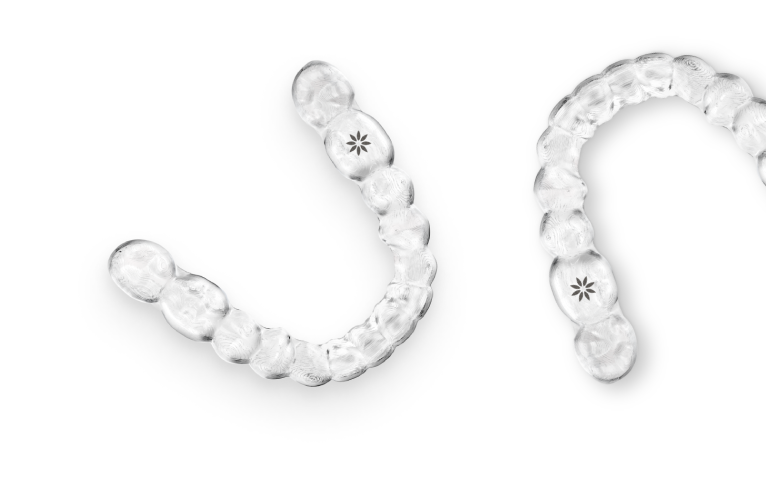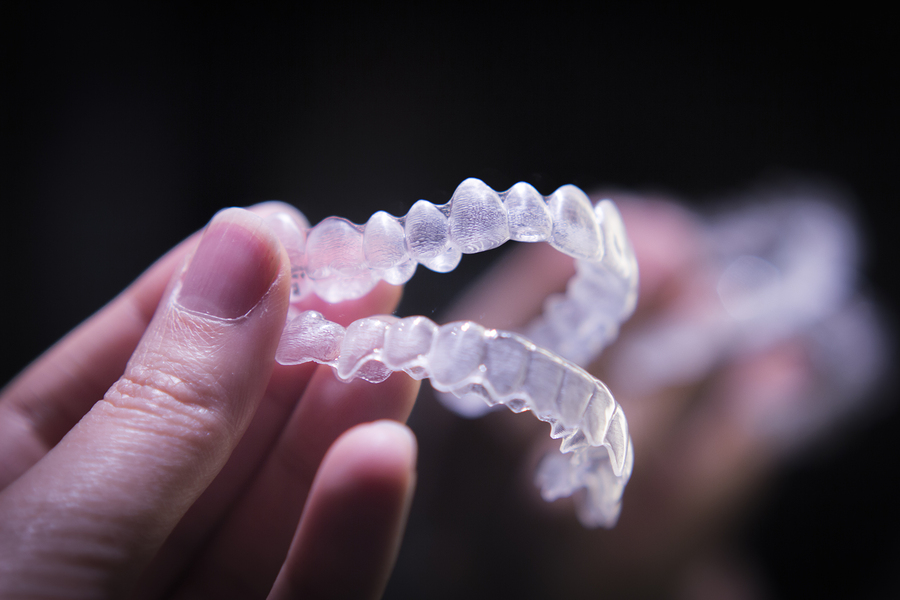Invisalign vs Conventional Braces.
Unlike conventional braces, Invisalign ® is one of the most convenient methods to straighten teeth, requiring patients to make minor life changes to accommodate the orthodontic treatment. Because the mouth trays are transparent (nearly invisible), patients using Invisalign ® aligners can straighten their teeth without embarrassing metal brackets and wires taking away from the natural look of their smile.
Limitations of Invisalign.
While clear aligners can deal with a large majority of dental troubles, not all clients are suitable prospects for Invisalign ®. One serious drawback of Invisalign ® technology is that it currently can not take care of extreme malocclusion or a badly straightened bite. According to the Dental Tribune, aligners are not constantly effective in relocating and also lining up tooth roots in the rear of the mouth (molars), especially when spaces exist. Although Invisalign ® aligners appropriate in cases where teeth need to be "tilted" right into location, conventional dental braces are still thought about ideal for moving molars with deep tooth origins. Another shortcoming of Invisalign ® is also an advantage: removability. Unlike taken care of dental braces, lots of individuals secure their aligners frequently, enhancing the danger of misplacing the plastic tray as well as delaying orthodontic development.
If you want to align your teeth without experiencing the discomfort of typical steel dental braces, Invisalign treatments are the remedy-- this type of oral treatment makes use of an unconventional method to repair your teeth alignment while staying basically unseen efficiently.



